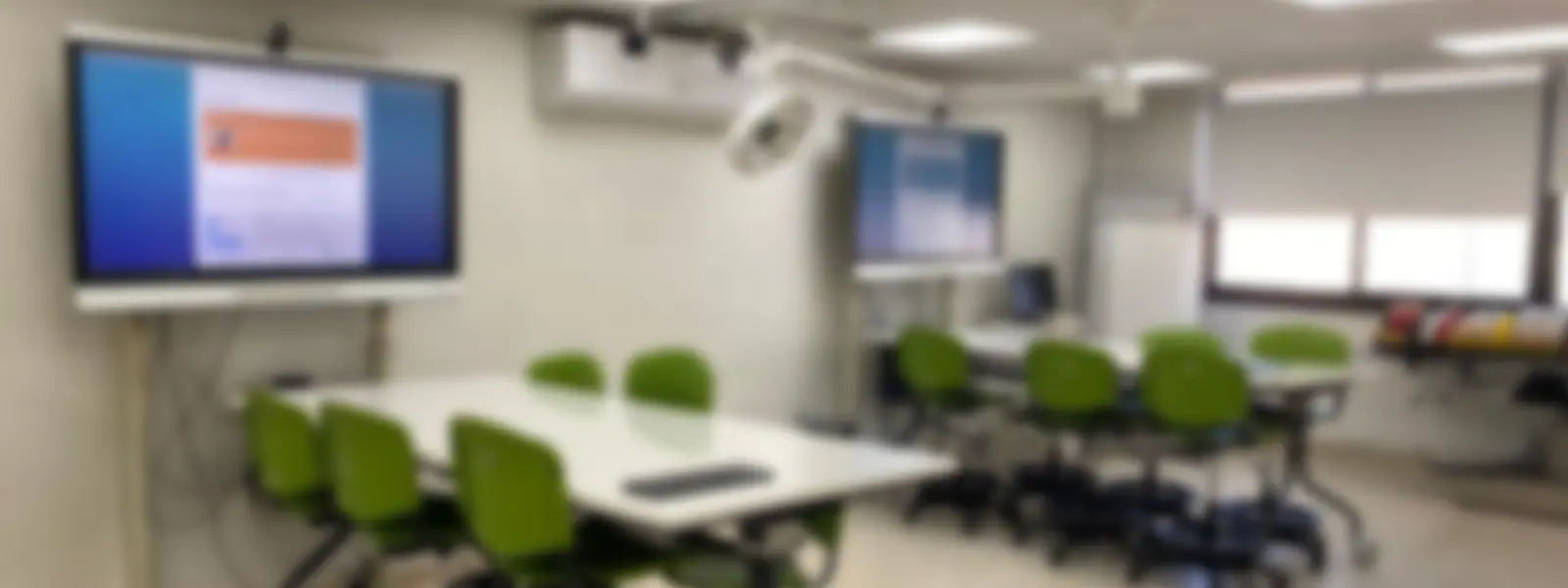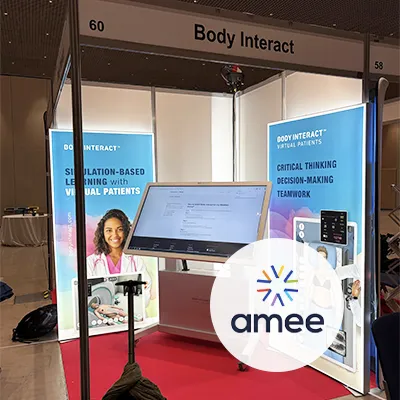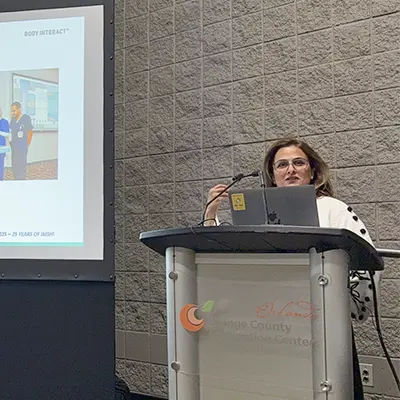Professor Patricia Gazmuri, from the University Andres Bello, in Chile, opened the doors of the institution Simulation Hospital, which she coordinates, to share with us their vision and implementation of Body Interact Virtual Patients.
Body Interact & the University Andres Bello
In 2018 the University Andres Bello licensed Body Interact, and as Prof. Guzman mentions it was necessary to break the paradigm of classes – Professors were used to have presential classes and/or work with manikis. This has been, since the beginning, a very collaborative relationship between both parts, aiming to provide fit to national reality clinical scenarios
Changing the paradigm
The driving force to shift the teaching paradigm came with the pandemic. The lockdowns provided an opportunity for the Professors from Nursing, Obstetrics, and Medicine to integrate Body Interact – Virtual Patients in their teaching practice.
Back to presential classes, there was no turning back – Body Interact was a teaching reality for all.
Andres’ Bello pedagogical approach to Body Interact
The institution assembled a room aiming solely to use Body Interact as a teaching methodology.
In groups of 6 students, the Virtual Patients’ clinical cases are discussed and solved independently. The facilitator in the room provides strategic pauses, in which specific and predetermined issues or topics related to the clinical case are talked about.
Clinical skills and OSCEs as a mean to standardize assessment
Professor Guzman believes that the integration of clinical reasoning (provided by Body Interact) and clinical procedures (performed in manikins, and part-task trainers) is an interesting way to teach, train and learn.
Also, the possibility to perform standardized assessments with OSCEs with Body Interact contributes to adding further realism to OSCE stations.
By Daniela Abreu – Body Interact’s Instructional Designer









